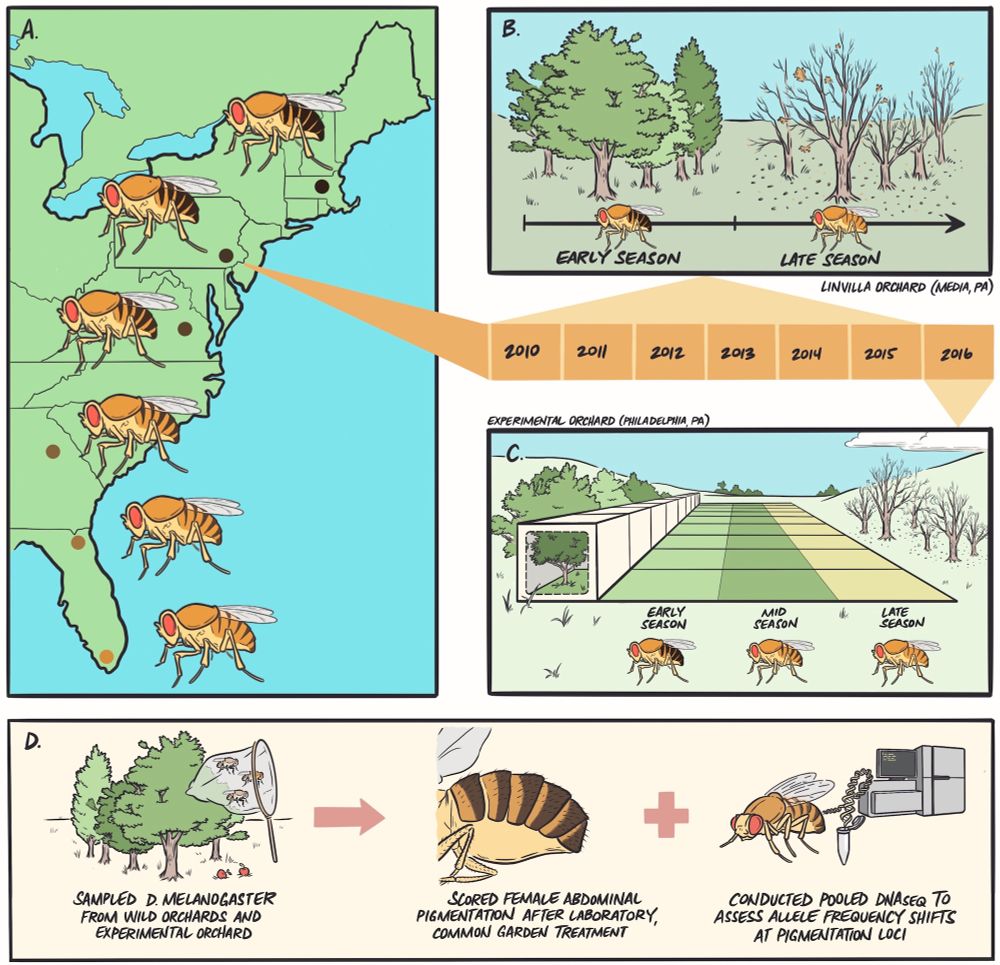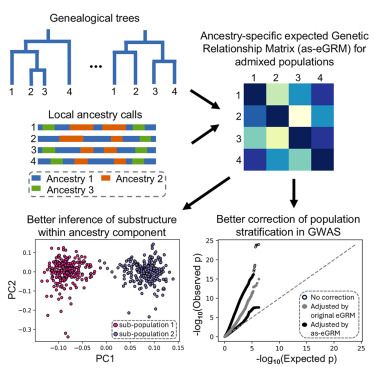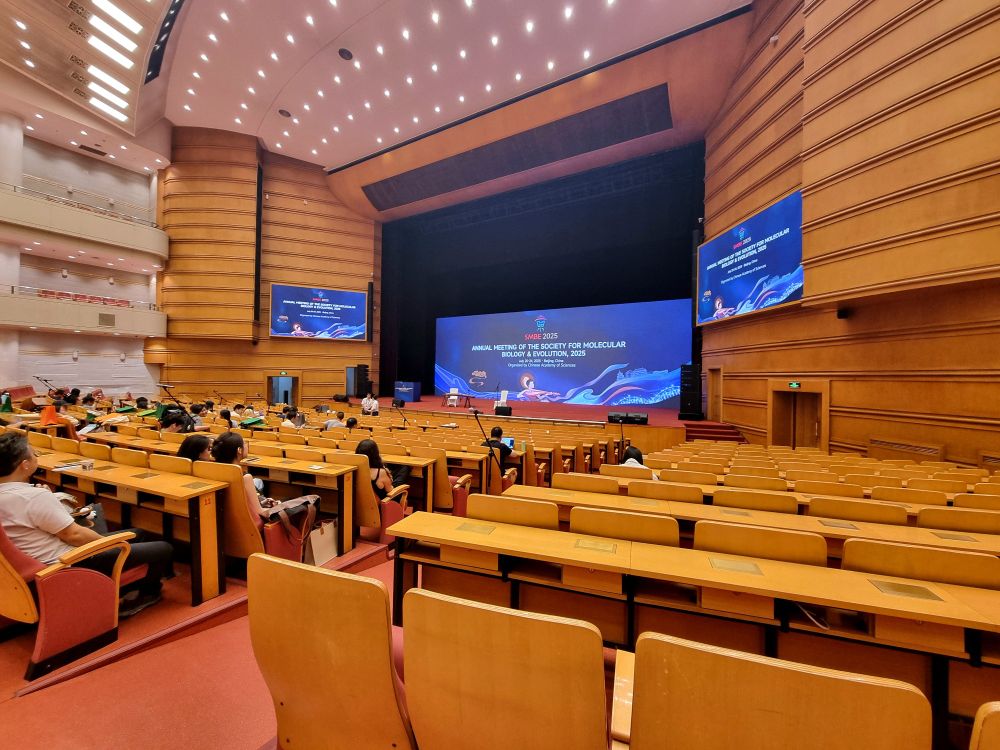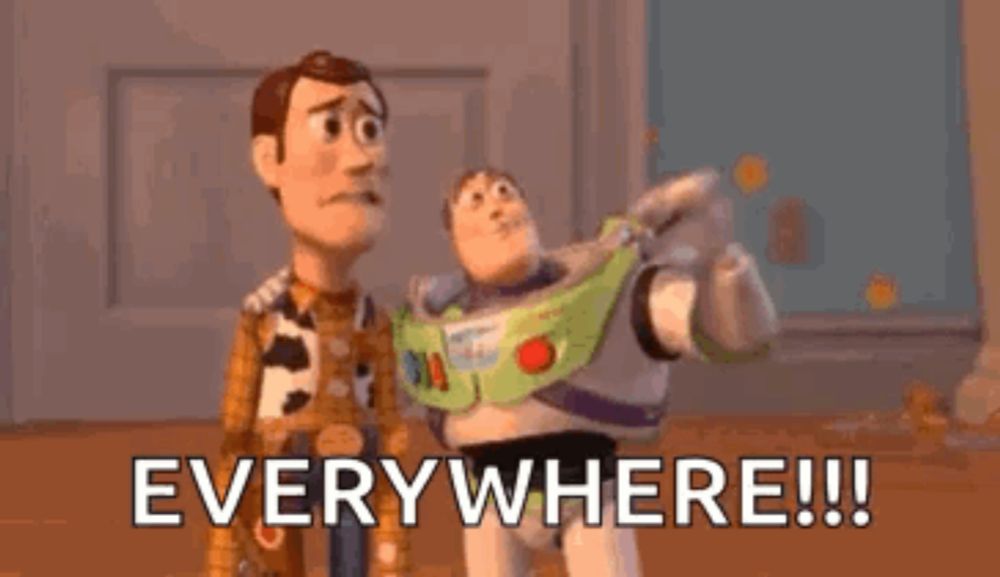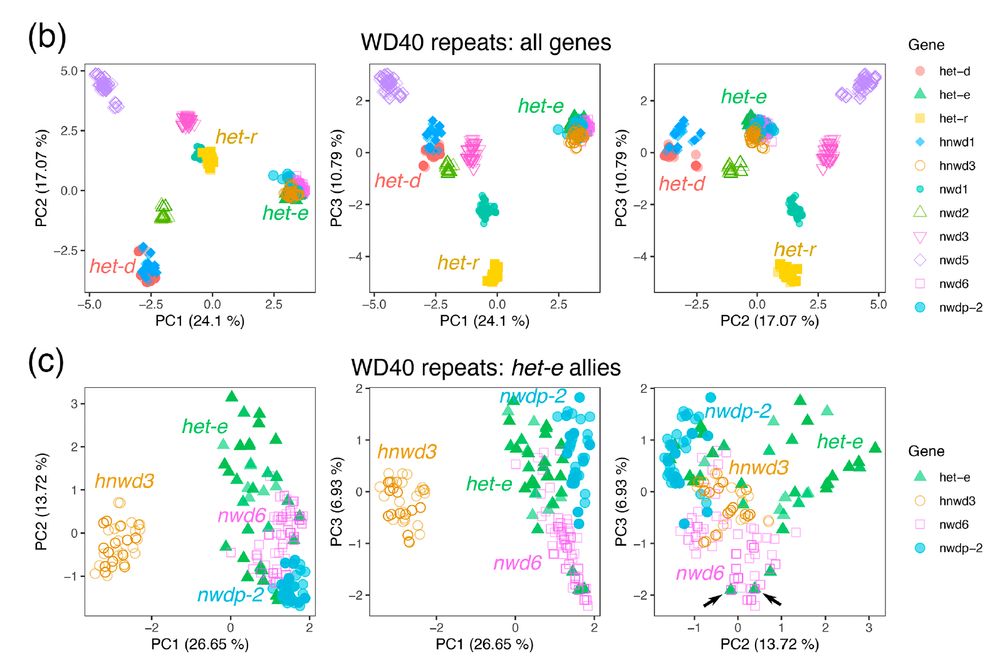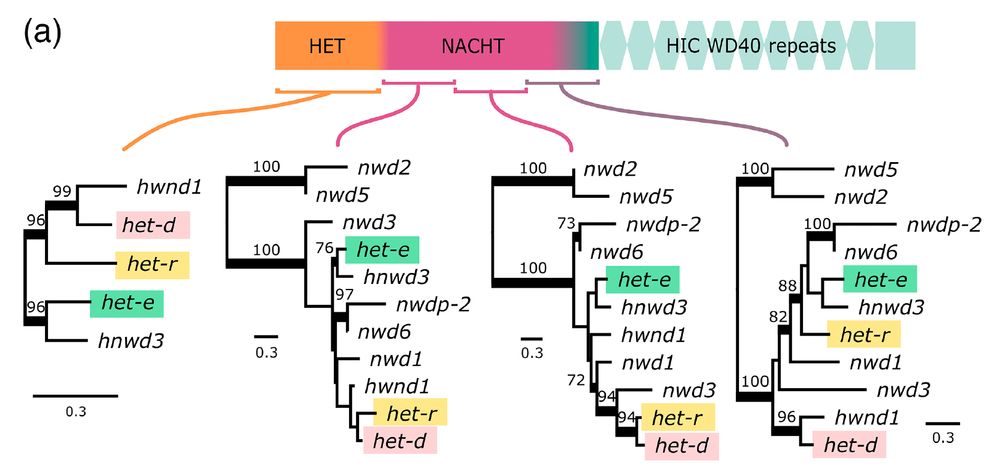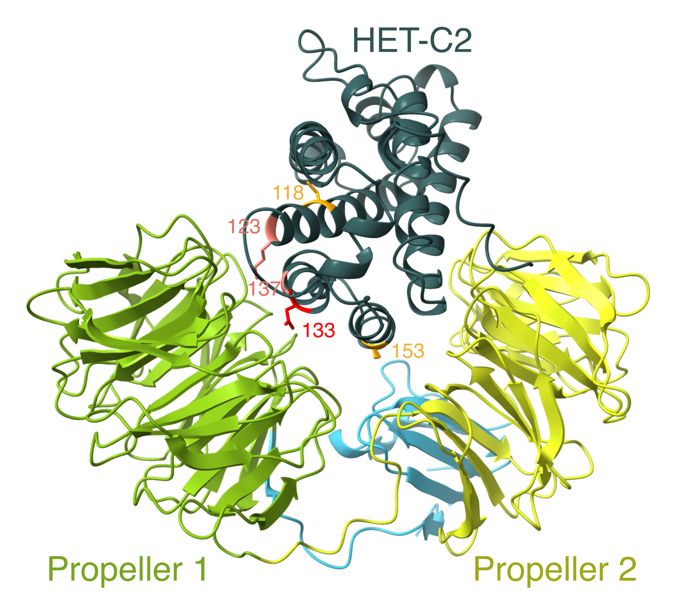S. Lorena Ament
@loreament.bsky.social
500 followers
360 following
38 posts
Evolutionary biologist interested in genomics, speciation, reproductive strategies, fungi, and biodiversity. And cats! She/her
Posts
Media
Videos
Starter Packs
Reposted by S. Lorena Ament
Reposted by S. Lorena Ament
Reposted by S. Lorena Ament
Reposted by S. Lorena Ament
Reposted by S. Lorena Ament
S. Lorena Ament
@loreament.bsky.social
· Aug 27

Normal meiosis in the fungus Sclerotinia sclerotiorum despite the irregular distribution of haploid chromosomes between two nuclei - Nature Communications
The fungus Sclerotinia sclerotiorum distributes its 16 chromosomes irregularly between two nuclei within single ascospore cells. Here, the authors show that chromosomal segregation and genetic recombi...
www.nature.com
Reposted by S. Lorena Ament
Jesse Shapiro
@bjesseshapiro.bsky.social
· Aug 21
Reposted by S. Lorena Ament
Andrew Roger
@andrewjroger.bsky.social
· Aug 12

Modeling site-and-branch-heterogeneity with GFmix
Phylogenetic trees are often inferred from protein sequences sampled from diverse taxa across the tree of life. The compositions of these amino acid sequences may be heterogeneous across both sites an...
www.biorxiv.org
Reposted by S. Lorena Ament
Reposted by S. Lorena Ament
Reposted by S. Lorena Ament
Reposted by S. Lorena Ament
Reposted by S. Lorena Ament
Reposted by S. Lorena Ament











